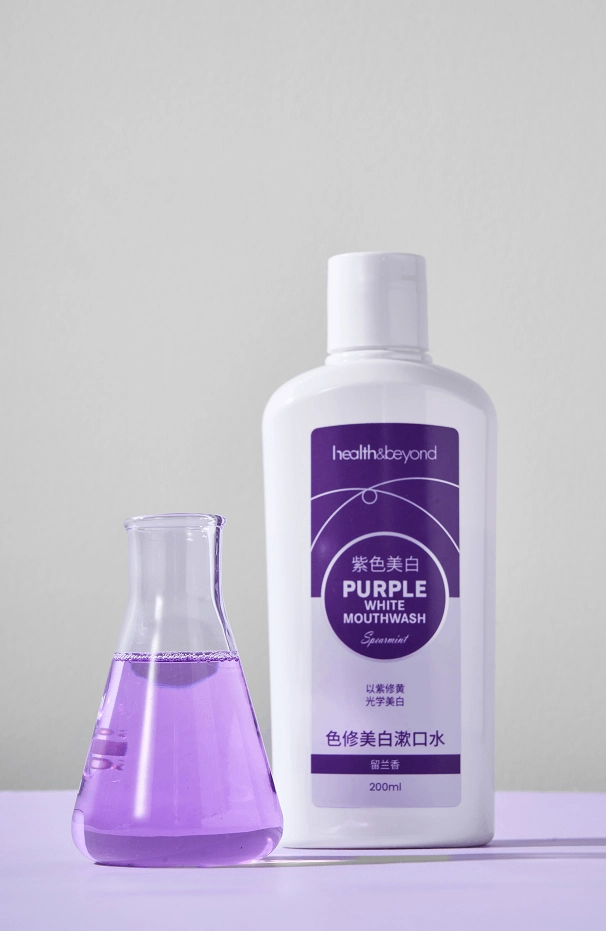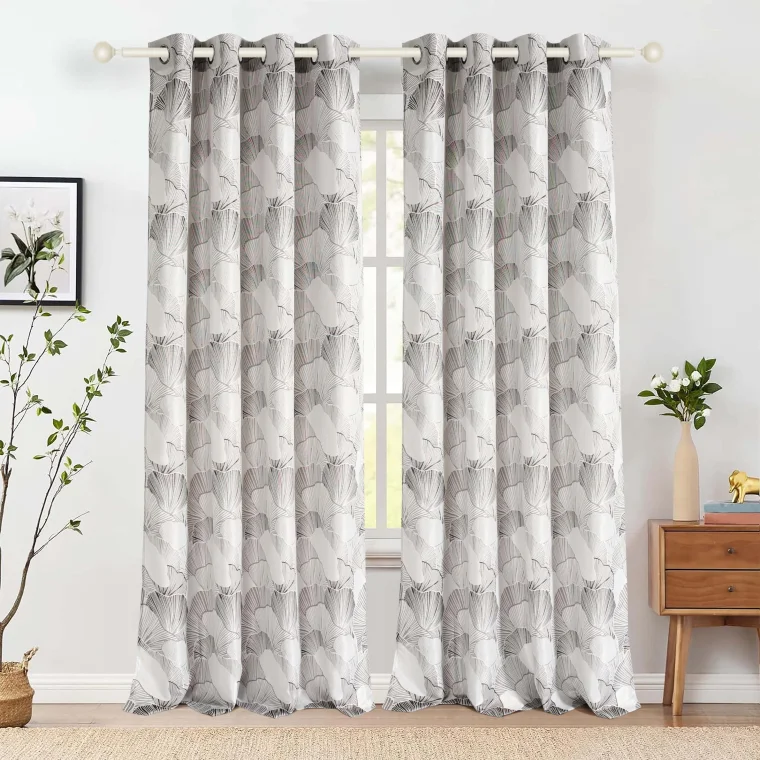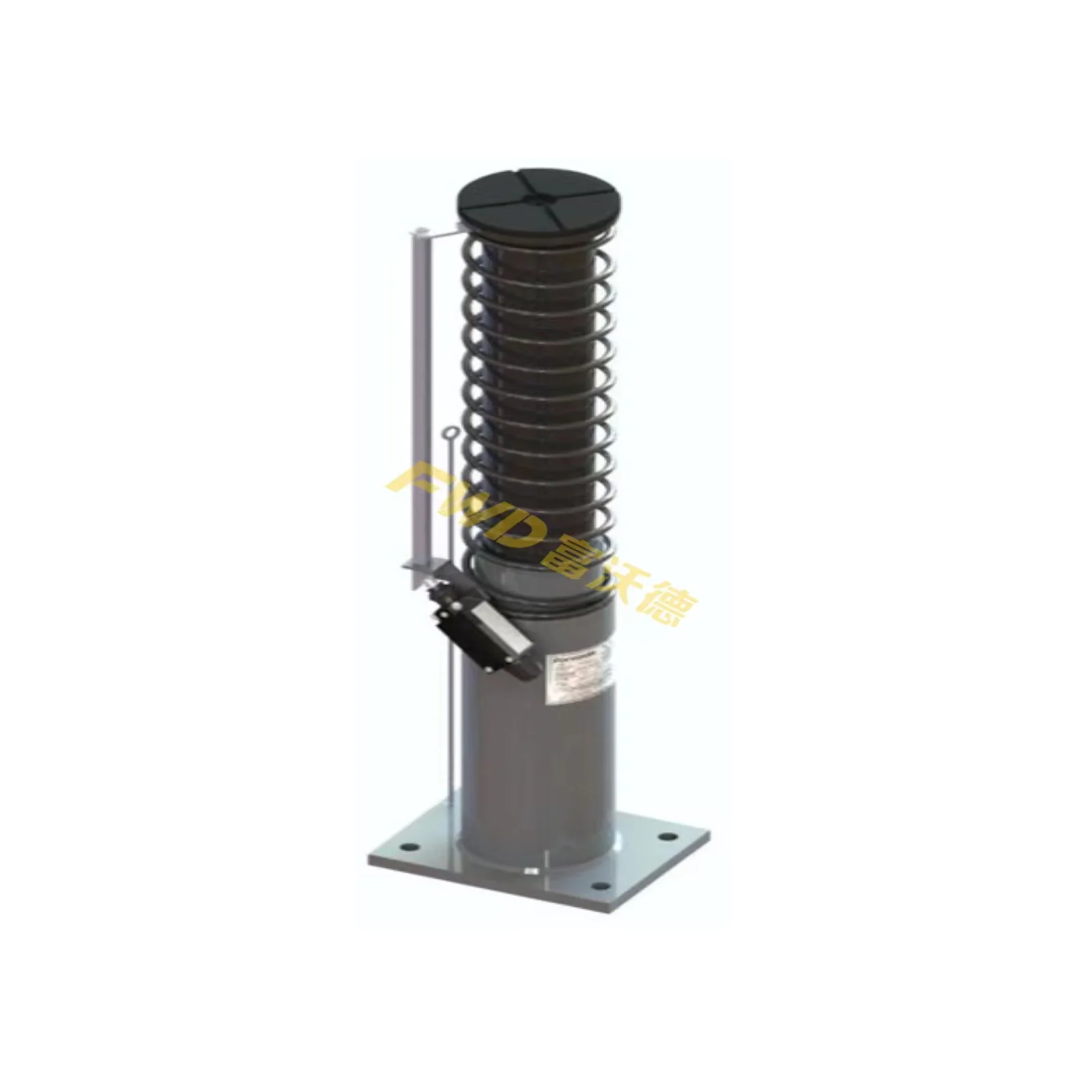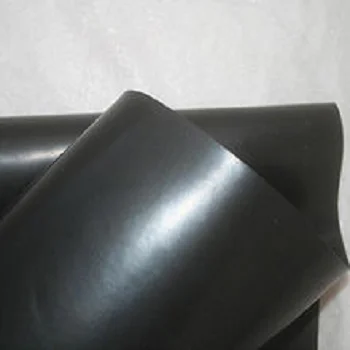When it comes to construction, design, and outdoor applications, the choice of materials is paramount. One of the most critical factors to consider is weather resistance. Weather-resistant materials can withstand the elements—rain, snow, wind, and UV radiation—without degrading or losing their structural integrity. This article delves into the various materials known for their weather-resistant properties, helping you make informed decisions for your projects.
Understanding Weather Resistance
Weather resistance refers to a material's ability to endure environmental conditions without significant deterioration. This includes resistance to moisture, temperature fluctuations, UV exposure, and mechanical stress. The right material can enhance the longevity and performance of structures, reducing maintenance costs and improving safety.
Key Characteristics of Weather-Resistant Materials
- Moisture Resistance: Materials that repel water or resist absorption are crucial in preventing mold, rot, and corrosion.
- UV Stability: Exposure to sunlight can degrade many materials. UV-stable materials maintain their color and structural integrity over time.
- Thermal Stability: Materials that can withstand extreme temperature changes without warping or cracking are essential for outdoor applications.
- Mechanical Strength: Weather-resistant materials should also exhibit high tensile and compressive strength to endure wind and other mechanical stresses.
Top Weather-Resistant Materials
- Fiberglass
Fiberglass is a composite material made from fine glass fibers. It is highly resistant to moisture, UV radiation, and temperature fluctuations. Fiberglass is commonly used in roofing, siding, and outdoor furniture due to its lightweight nature and durability. Its non-corrosive properties make it an excellent choice for marine applications as well.
- Aluminum
Aluminum is a lightweight, corrosion-resistant metal that performs well in various weather conditions. Its natural oxide layer protects it from rust, making it ideal for outdoor structures, window frames, and siding. Additionally, aluminum can be anodized or painted to enhance its UV resistance and aesthetic appeal.
- Composite Decking
Composite decking materials, typically made from a blend of wood fibers and plastic, offer excellent weather resistance. Unlike traditional wood, composite decking does not warp, splinter, or fade when exposed to moisture and sunlight. This makes it a popular choice for outdoor decks and patios, providing both durability and low maintenance.
- Vinyl
Vinyl is a synthetic plastic polymer known for its exceptional weather resistance. It is commonly used in siding, windows, and fencing. Vinyl does not absorb moisture, is resistant to UV rays, and requires minimal maintenance, making it a practical choice for homeowners looking for longevity and durability.
- Stainless Steel
Stainless steel is an alloy known for its corrosion resistance, making it suitable for outdoor applications. It withstands harsh weather conditions without rusting, making it ideal for railings, fixtures, and hardware. The addition of chromium in stainless steel forms a protective layer that enhances its durability.
- Concrete
Concrete is a robust material that can withstand various weather conditions. When properly mixed and cured, it exhibits excellent resistance to moisture and temperature changes. Adding sealants can further enhance its weather resistance, making it suitable for foundations, driveways, and outdoor structures.
Factors to Consider When Choosing Weather-Resistant Materials
- Location and Climate: The geographical location and climate conditions should dictate your material choice. For instance, coastal areas may require materials with higher corrosion resistance due to saltwater exposure.
- Application: Different applications may necessitate specific material properties. For example, roofing materials need to be lightweight yet durable, while siding materials should prioritize moisture resistance.
- Aesthetic Preferences: While functionality is crucial, the visual appeal of materials should not be overlooked. Many weather-resistant materials come in various colors and finishes to suit different design styles.
- Budget: Weather-resistant materials can vary significantly in cost. It’s essential to balance quality and budget, ensuring that you invest in materials that provide long-term value.
Conclusion
Selecting the right weather-resistant material is vital for the longevity and performance of any outdoor project. By understanding the characteristics and benefits of various materials, you can make informed decisions that align with your specific needs and environmental conditions. Whether you opt for fiberglass, aluminum, composite decking, vinyl, stainless steel, or concrete, investing in quality weather-resistant materials will pay off in durability, safety, and reduced maintenance costs.





